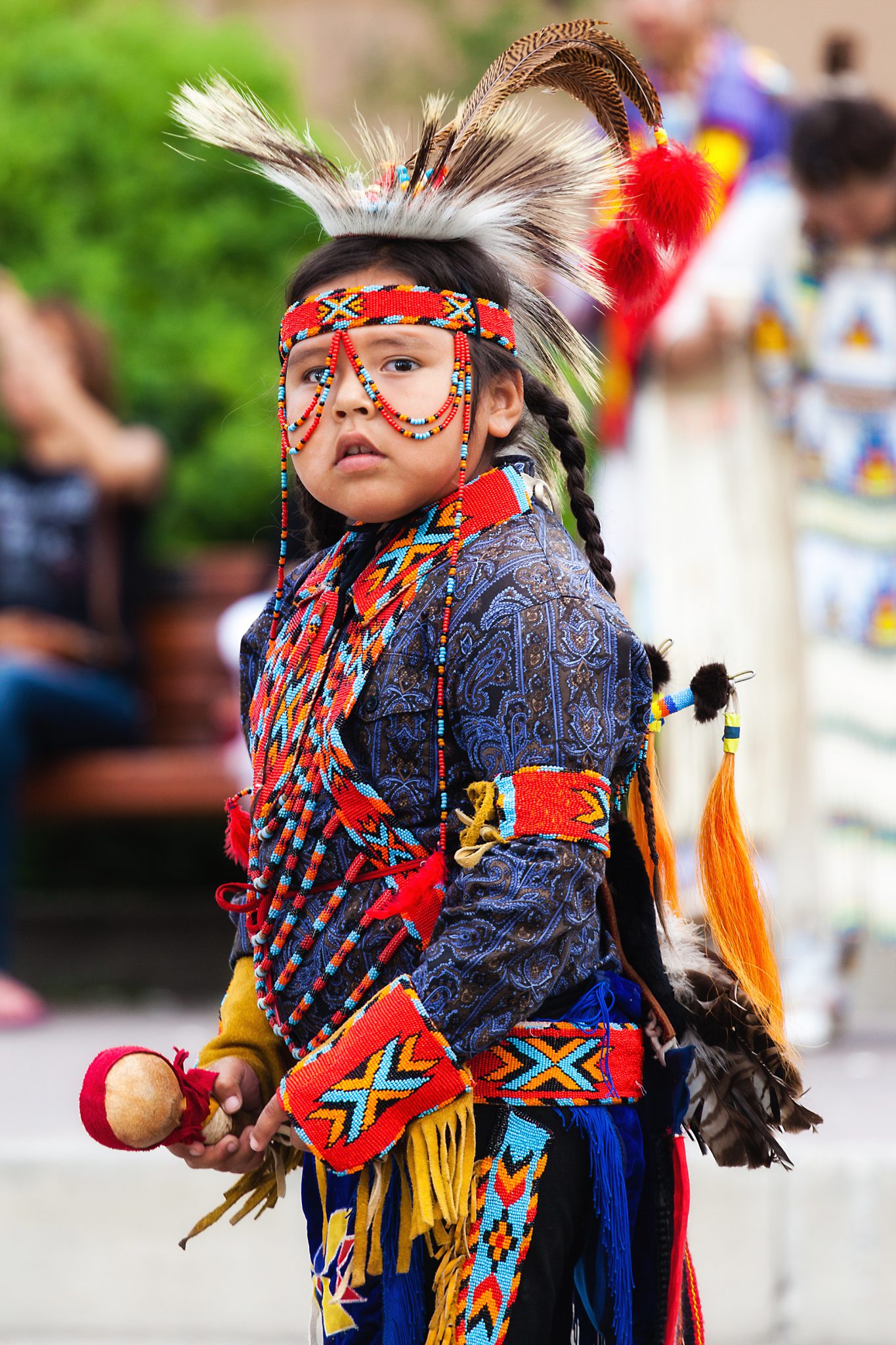
Canada’s Indigenous Children Humanium
The traditional clothing of Canada was characterized by conservative values, but native Canadian clothing also had an impact on the national dress. Materials like leather and fur were incorporated into clothing, and footwear like moccasins became popular. Share this. 19 likes.

Canadian Mountie Women's RCMP Costume
Clothing Manufacture in Canada and the Birth of Fashion Design. In Canada, through the middle of the nineteenth century, key developments occurred in the establishment of a clothing industry, which is well documented by the first census of 1871. Canadians whose professions most closely resembled Worth's model of the fashion designer at the time.

Canadian girls Canadian girls, African american, Academic dress
Early twentieth-century Dene fashion is seen in this moose-skin dress. The amber-coloured, smoke-tanned hide was prepared by Dene women and joined together with sinew. Fur trader influence is shown in the use of woolen cloth for the sleeve ends and shoulder cape. Glass beads and decorative yarn fringes accent the knee-length outfit. European style is also evident in the stand-up military-style.

Canadian flag girl Canada Pinterest Flags and Girls
Traditional Inuit clothing consisted of a parka, pants and mittens made from caribou or sealskin (worn in one or two layers according to the season), and up to four layers of footwear. Each garment was tailored to fit the individual. The seamstress, relying on years of experience to determine the shapes and sizes of pattern pieces, used hand.

Costume "Drapeau Canadien" Costumes Canada Canada Costumes
The Ojibwe language, part of the Algonquian language family, is widely spoken in Canada. Also known as Anishinaabemowin , the language has many regional dialects and as of 2011, was spoken by more than 25,000 people. Dialects like Algonquin are less commonly spoken (approximately 2,400 speakers), while Oji-Cree (a mixture of Ojibwe and Cree) is.
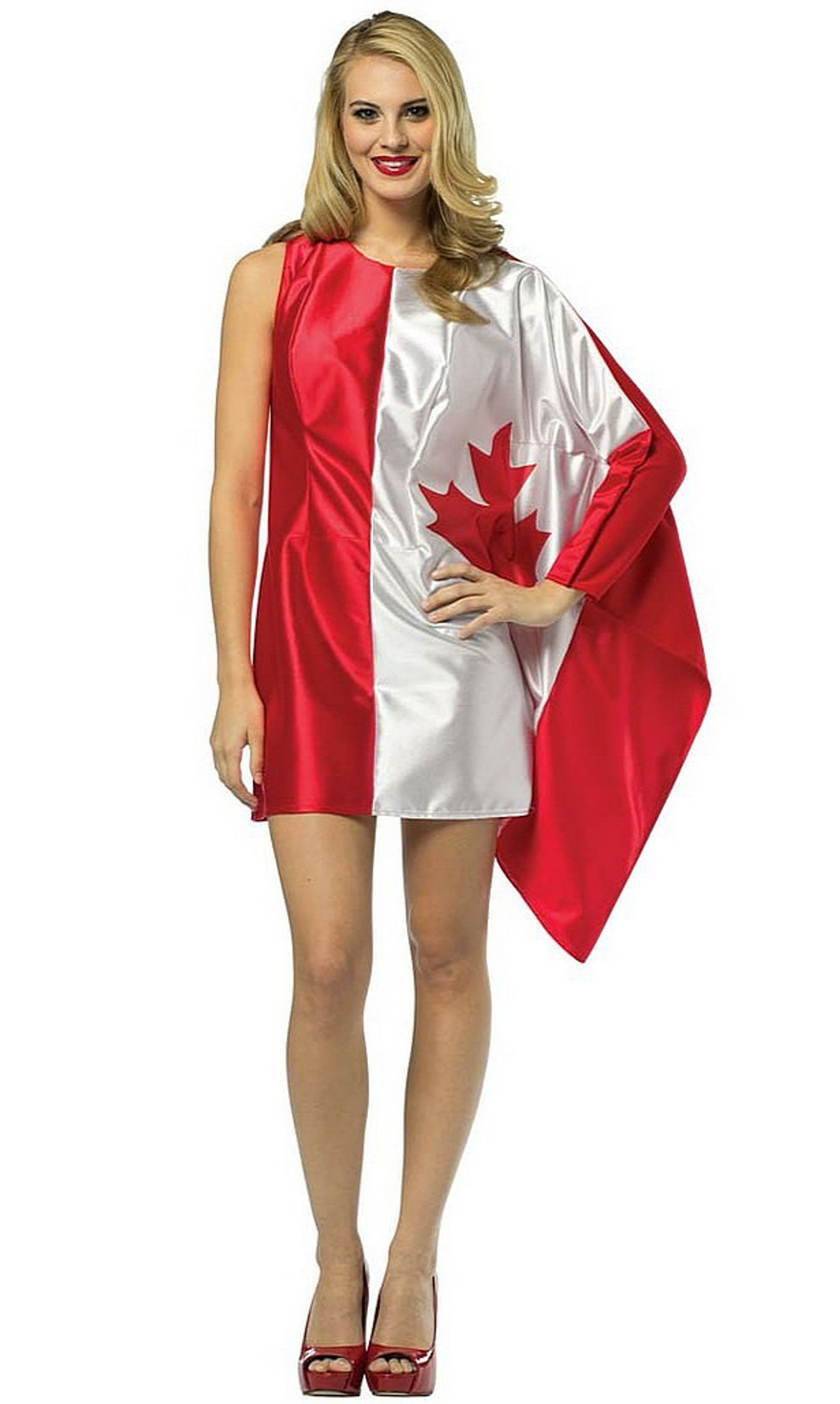
Costume "Drapeau Canadien" Costumes Canada Canada Costumes
Traditional dress of Canada. History and examples - Nationalclothing.org Traditional dress of Canada. History and examples Canadian national clothing was formed under the influence of Native Indians (who lived on these lands for centuries) and colonizers from Europe (who came to Canada in 17-18th century).

Canada National Clothes ubicaciondepersonas.cdmx.gob.mx
Traditional Clothing. From the past to the present, Inuit have worn caribou and sealskin clothing. These durable and easily available materials have allowed Inuit to survive in a climate that defeated most others. Traditional sealskin kamiks. Caribou have always been an important food source for the Caribou Inuit, and remain so today.
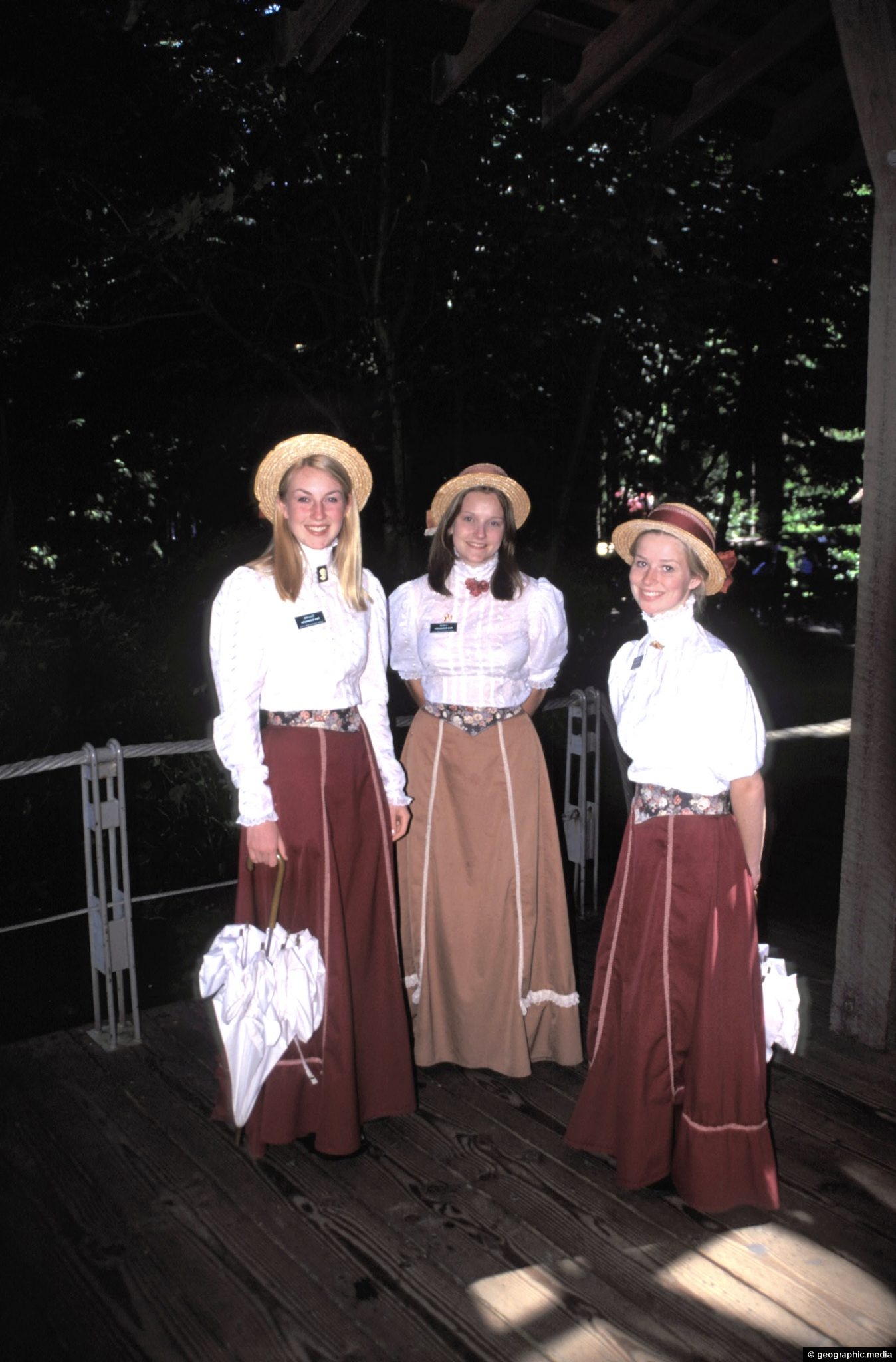
The Traditional Dress of Canada Geographic Media
Clothing. The colonization of eastern Canada began with the French in the 17th century. For some years, these settlers depended for clothing on what they brought with them.. Traditional breeches, which ordinarily reached slightly below the knee, were replaced by trousers, and waist-length jackets were common. Beginning early in the 19th.

London, Canada September 17, 2011 A First Nations Canadian wearing
A parka is one of the few truly and originally Canadian traditional garments. It was invented by the Inuit Native American tribes and was used by the local people on the territory of Canada throughout several centuries. Even today, parka is extremely popular among Canadians and thousands of people around our planet.
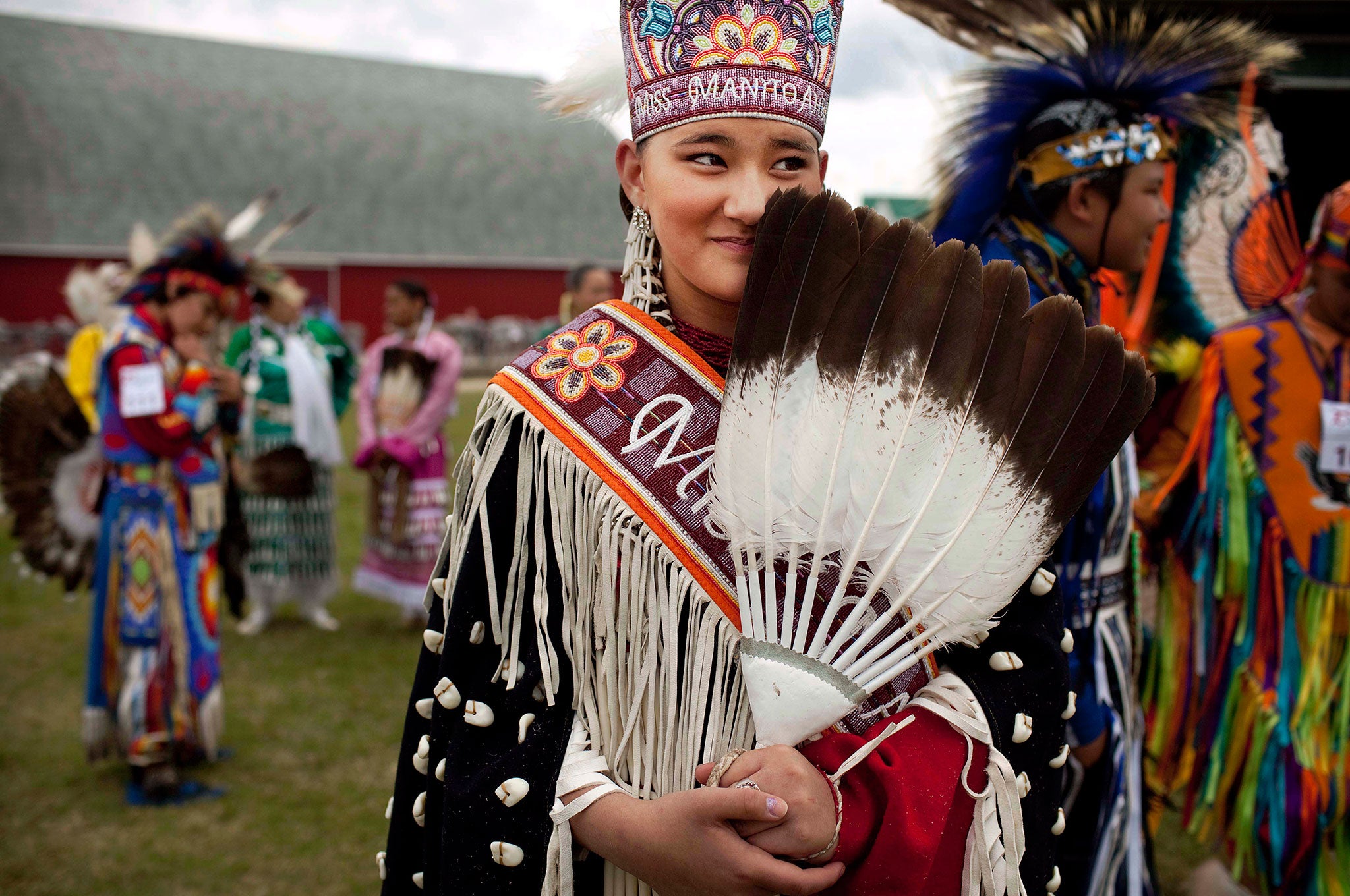
Canada's 'femicide epidemic' brings calls for inquiry The Independent
Website: sectionthirtyfive.com. Section 35 is an Indigenous-owned streetwear brand founded by Justin Louis, a member of the Samson Cree Nation. It's based on the unceded territories of the.
Your Average Joe The Ukraine in Canada
The clothes of Canadian indigenous Arctic peoples were multilayered for better protection from the cold. Canadian traditional jackets are called "parka" and they're used by the locals to this day, though modern parkas are very different from what Inuits and other Arctic peoples wore. Vintage parkas were made from caribou hide and.

Mi'kmaq traditional dress Indigenous People Of North America
MÉTIS CLOTHING & ACCESORIES. The Metis from coast to coast are renown for their vibrant clothing, skilfully decorated with embroidery, porcupine quills, and glass beads. The eastern Metis women learned their art from their Mi'kmaq, Algonquin, Huron and other Nations' mothers and grandmothers, to name a few. The western Metis women learned.

Related image Traditional french clothing, Canadian costume, Canadian
Traditional Materials and Designs The Canadian national dress incorporates a wide range of traditional materials and designs that reflect the cultural heritage of various communities. Wool, fur, leather, and cotton are among the common fabrics used in the creation of these garments.

Child Canadian Mountie Costume
She made the trip, her first to Canada in 22 years, to show her contemporary spin on traditional designs. OldDwarf is a member of the Apsaalooke Nation and a mother to four children.

Pin en Women Clothing
The day was created to spread awareness and normalize Indigenized clothing after Isabella Kulak, who was 10 at the time, was shamed for wearing a ribbon skirt to a formal day at her Saskatchewan.
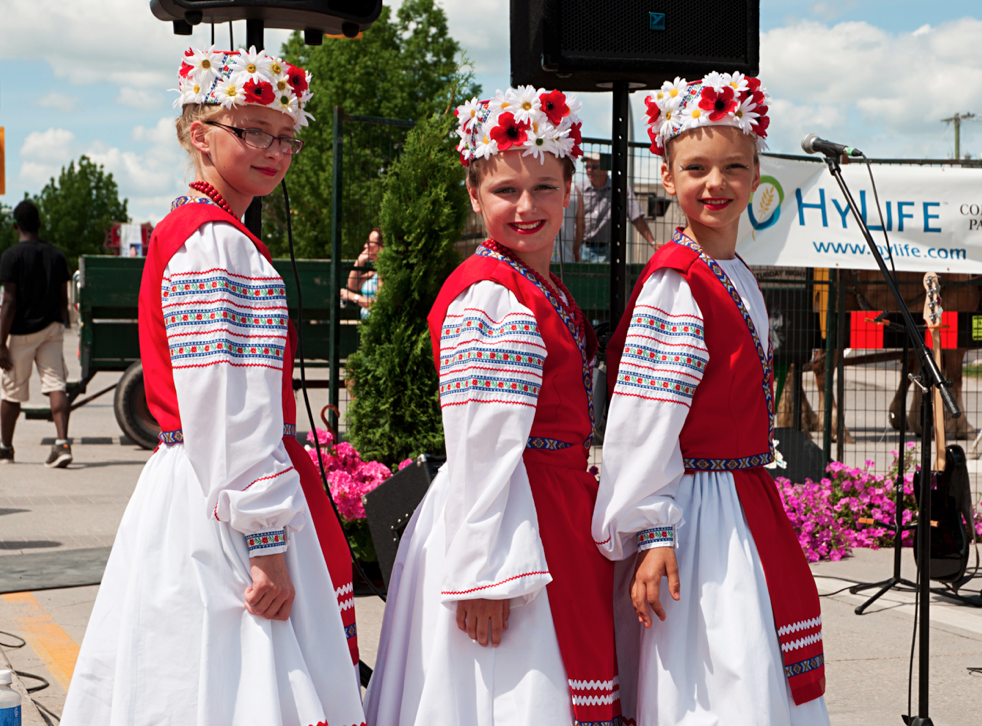
Culture of people country wise Canada culture
Habitant clothing was largely homemade or spun by local weavers, usually using linen, hemp, or wool, and lined with leather or fur, and was similar to the conservative clothing worn in the French countryside. Men tended to wear a shift or shirt, breeches, wool stockings, sometimes a vest or waistcoat, and either leather shoes, clogs or moccasins.